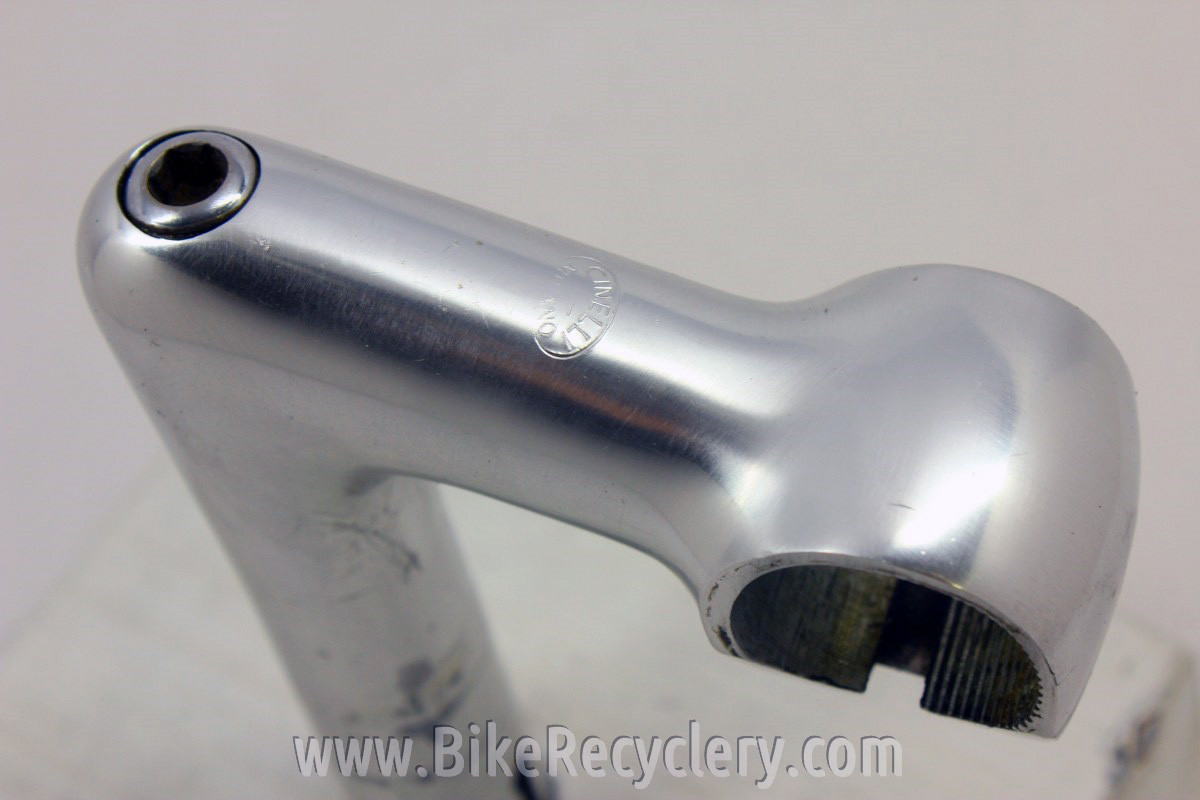Have you ever heard your bike calling out to you?
Well, I can’t say I have—at least, not literally. But when I pedaled La-Vande, my King of Mercia, to Greenwich, Connecticut on Saturday, she seemed to be leading me there—the way Marlee does when she rubs against my ankles and steers me toward the sofa.
Well, Saturday was a nearly perfect day for a ride of any kind, of any length on any bike. But I think La-Vande had ulterior motives.
She wanted to pose against a backdrop she knew would flatter her.
Sunday was almost as nice a day for a ride. So to Point Lookout I went, this time with Vera, my Mercian mixte. She didn’t seem to be “leading “ me there, but I believe she enjoyed the breeze off the sea, and the sun.
Oh, and when I got home, Marlee “led” me to the couch, and curled in my lap.





















































